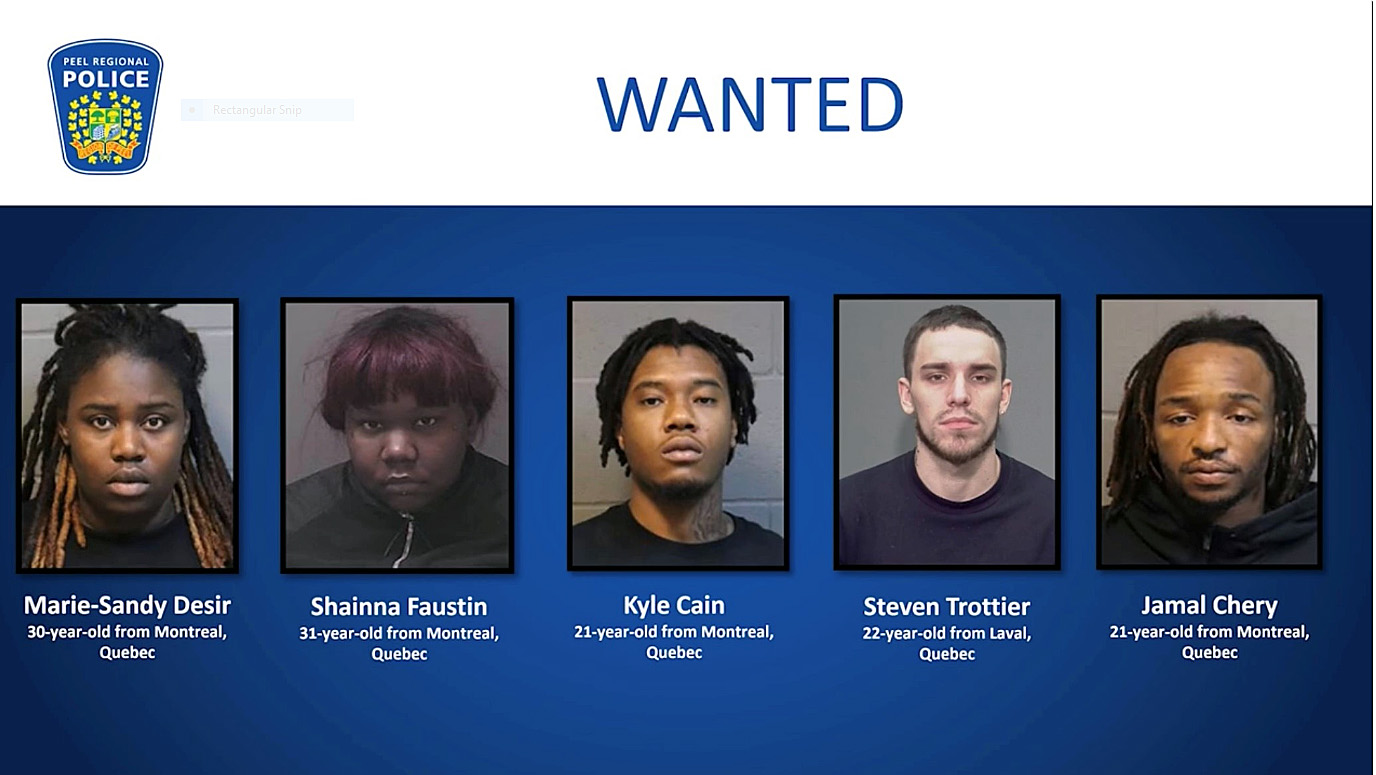Tech
Toronto Youth Cabinet says more community investments needed to combat gun violence | CBC News

Following the deaths of two men this week in a mass shooting in Etobicoke, leaders of the Toronto Youth Cabinet are calling on the city to make sustained investments in youth and communities to target the root causes of gun violence.
The calls come on June 7, which is the National Day Against Gun Violence across Canada. Events were being held in Toronto Friday to bring attention to the issue, including a morning ceremony Mayor Olivia Chow held in Nathan Phillips Square.
Youth in poverty who lack a social safety net and opportunities are most impacted by gun violence and are often the perpetrators of such violence, said Stephen Mensah, executive director of the organization.
“Toronto is still grappling with challenges, such as limited access to community investments, persistently high unemployment and inadequate youth programming and the lack of community support,” said Mensah outside North Albion Collegiate Institute, the site of the Etobicoke shooting that left two men dead and three others injured.
The city doesn’t need more “awareness” around gun violence, said Mensah.
“Our communities and the young people who are facing these realities daily need action to improve their lived experiences. We’ve seen enough marches,” he said.
The Toronto Youth Cabinet is a non-partisan organization established in 1998 to advocate on behalf of the city’s youth. The cabinet’s aim is to provide a forum for young people to “build an equitable, accessible, and youth-friendly Toronto,” according to its website.
Etobicoke shooting shocked neighbourhood: youth
So far in 2024, 18 people have been killed in shootings in Toronto and 50 have been injured, according to Toronto police data. That marks an increase from this time last year, which saw seven people killed and 43 injured by June.
Gun violence in Toronto trended downward from 2019 to 2023.
The most recent shooting in Etobicoke has shaken the community, said Mensah and other youth at the news conference.
The shooting Sunday saw two men open fire on a group of people chatting in the school’s parking lot after a soccer game. The suspects fled the scene.
Toronto police have identified a man who died after five people were shot in an Etobicoke high school parking lot on Sunday. CBC’s Greg Ross spoke to family members of the victim.
Police said they do not believe the victims and the suspects knew each other.
Jessica, a Grade 11 student at the school who did not provide her last name, told reporters Friday that the shooting has been a shock for the neighbourhood.
“Something we hear about on the news can happen to any of us in places that we’re supposed to be safe,” she said.
“The City of Toronto should definitely invest more in preventative measures and solutions in order to prevent [the] continued violence we are regularly faced with,” she said.
In an email, a spokesperson for the city said reducing gun violence requires collaboration across governments, sectors and affected communities with a focus on “prevention, intervention, response and recovery.”
“The root causes or drivers of gun violence are complex,” the spokesperson said. “No one entity can reduce gun violence on its own.”
The email outlined at least $6.5 million in budget spending earmarked for community safety programs in 2024.
Youth programing to be expanded: mayor
At the ceremony in Nathan Phillips Square, Chow said she’s spoken to the families of the victims of the Etobicoke shooting, including the daughter of victim Delroy “George” Parkes, who now won’t have her father at her university graduation this month.
Chow also pointed to the city’s SafeTO program as a method to combat gun violence.
Less than a week after 3 random shootings in North Etobicoke, the country is recognizing National Day Against Gun Violence. Two men died after a shooting Sunday at North Albion Collegiate. On Friday, some students spoke out at the school about the impact this violence has had on them. Greg Ross has more.
Adopted by council in 2021, SafeTO is a 10-year plan that includes 26 “priority actions” to create a safer Toronto through neighbourhood investments and collaboration between organizations, the city’s website states.
The budget approved in February includes more programming for SafeTO, Chow said.
“We are expanding the city’s youth service programs. More recreation programs driven by the community, not top down, which is very important,” she said.
The programming also includes more youth hubs within libraries and funding for youth violence prevention programs run by community agencies, she said.
“We want young people to find hope,” she said.










